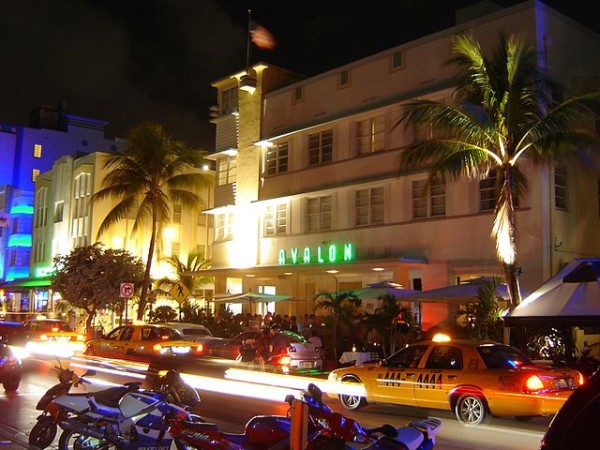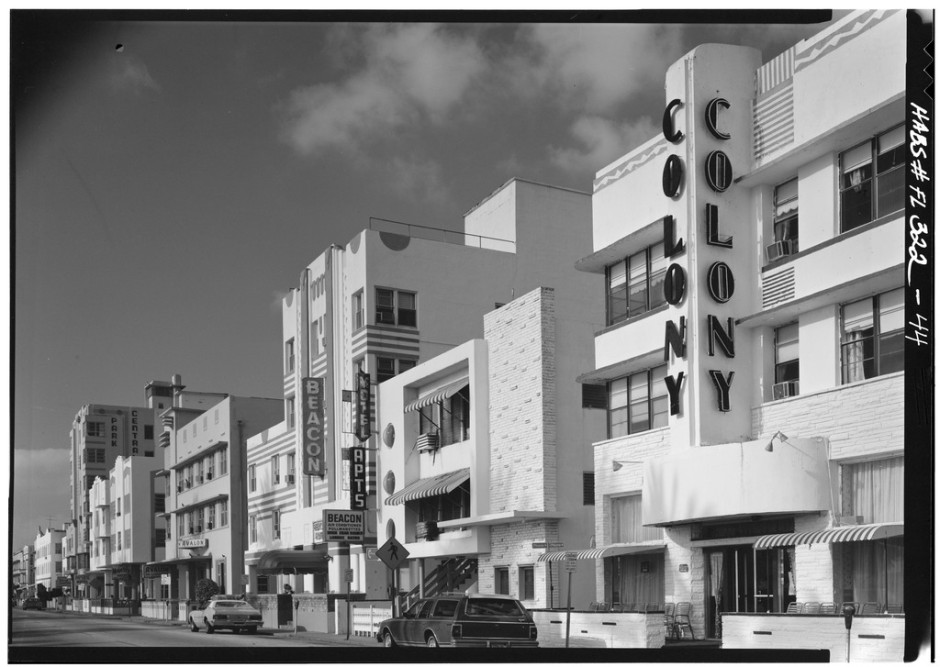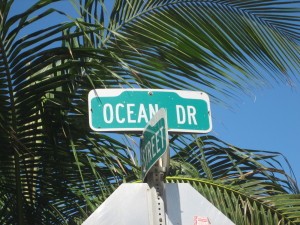As I strolled along Ocean Drive, in the heart of Miami Beach’s gentrified Art Deco Historic District, I was struck by the sheer beauty of its pastel-colored buildings.
They’re in South Beach, the first neighborhood in Miami Beach to be developed. Stretching for 18 blocks, the district is listed in the U.S. National Register of Historic Places, which contains an unsurpassed collection of more than 800 architecturally interesting and protected buildings, some of which are refurbished hotels constructed in the 1930s.
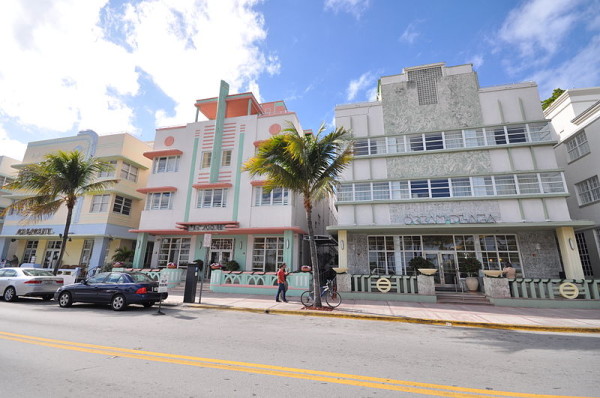
South Beach was devastated by the hurricane of 1926, but bounced back as a tourist destination. New hotels, among them the Colony, Leslie and Beacon, sprung up to serve a well-heeled clientele, particularly during the winter months.
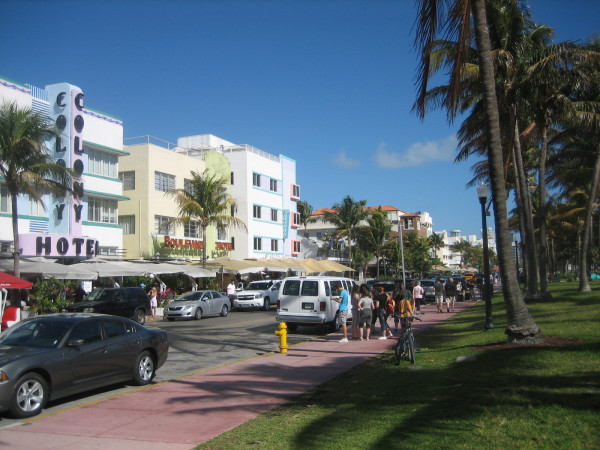
Tourism virtually ground to a halt during World War II as the U.S. army’s air corps requisitioned beach-front hotels to house soldiers. Tourists returned after the war, but from the 1960s onward, South Beach morphed into a retirement community for Americans on a fixed income.
During this transitional period, some of the hotels were demolished by real estate developers in the name of progress. Still others decayed. South Beach, plagued by a rising crime rate, was in danger of becoming a semi-tropical slum.
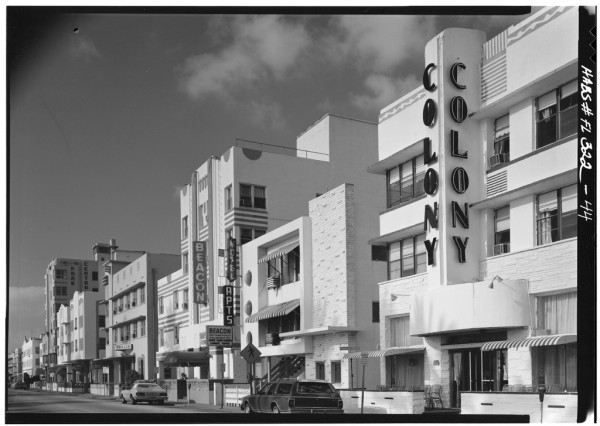
Barbara Capitman, a local resident, was appalled. She and her friends formed the Miami Design Preservation League, a non-profit organization dedicated to preserving, protecting and promoting the architectural integrity of South Beach’s historic buildings. Thanks to their vision, the Art Deco Historic District was established.
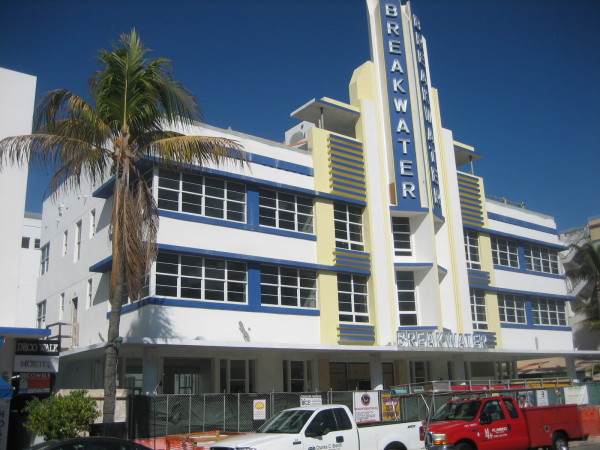
The world’s largest district of its kind, it brims with restaurants, cafes and nightclubs. The crowds are especially thick along Ocean Drive, which faces Lummus Park, a serene refuge where strollers and cyclists pass stately palm trees and enjoy the whiff of salty ocean breezes. Beyond the park is a wide, white sandy beach, which is popular with locals and tourists alike.
In purely esthetic terms, the Art Deco hotels are the chief draw. Painted in pastel hues of white, yellow, blue and pink and decorated with whimsical touches, they’re architectural eye candy.
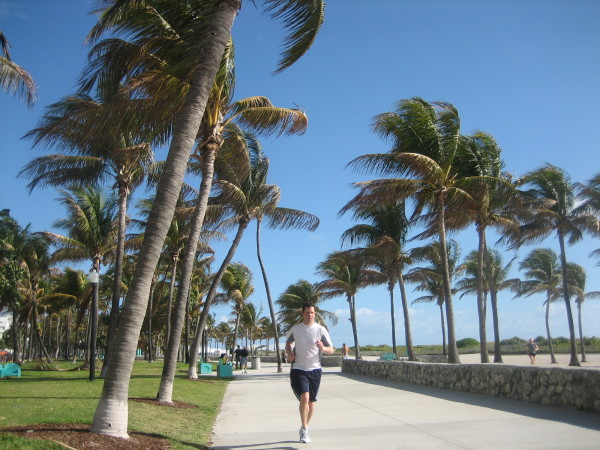
The hotels were built primarily in two Art Deco styles — Mediterranean Revival and Moderne — and thus stand out. Radically different than modern, bland, big-box hotels, they cry out for attention due to their terra cotta tile roofs, ziggurat roof lines, arches, bracketed cornices, etched glass, bas relief stucco, patterned terrazzo and floral and cultural motifs incorporating Spanish, Egyptian, native American and Mayan themes.
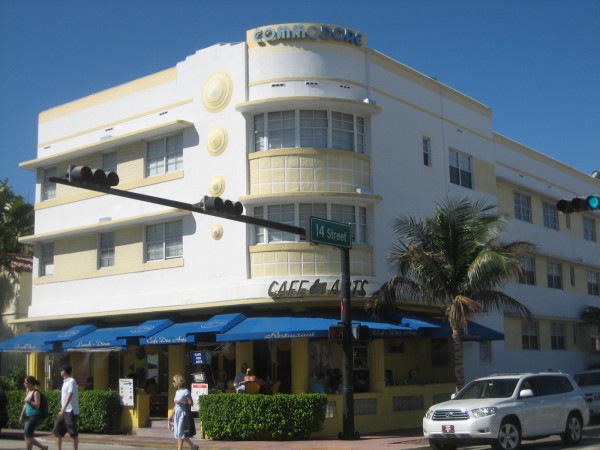
The most impressive hotels are on Ocean Drive, but notable Art Deco hotels can also be found on Collins Avenue, a busy thoroughfare, and Lincoln Road, an open-air pedestrian mall shaded by trees and beautified by flower beds.
